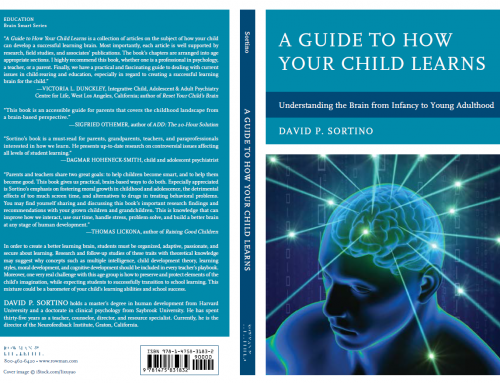One of the least discussed yet critical causes for student success in school is the ability of a child to experience what brain scientist’s call the leisure brain.
This condition of the brain occurs when a student’s brain can breathe in a relaxed manner, taking in impressions with no pressure. In this environment, the brain allows for a processing that brings about greater organization and reassessment of the person’s state of being.
This leisure brain condition is similar to the act of taking a deep breath before taking action.
For some students, the leisure brain is a natural act, but for others, particularly children diagnosed as ADHD, RAD (Reactive Attachment Disorder), etc., the leisure brain is almost never experienced. Herein lies the problem. Without the opportunity to experience a leisure brain, such children are almost always in a state of high arousal or even of fight or flight.
This state of high arousal affects children socially as well as academically as adults only have so much patience and energy to deal with such a person on a continuous basis. Ultimately, the parent and/or teacher may turn to an extreme solution such as medication as a means of taming the brain’s activity.
Unfortunately, for some children, the use of medication can be the start of a downward spiral that can lead to addiction and eventually, hard drugs.
The short-term benefits: if you can boost the child’s brain activity you can actually promote the ability to focus, which could resemble aspects of the actual leisure brain.
Students who experience a leisure brain regularly are the high-performing students.
High-performing students have the ability to actually calm down the brain, which creates a greater ability for the brain to be organized as well as focused.
Student-athletes also experience leisure brain. Even while the athlete is confronting a challenge, the response feels effortless and unforced.
Again, finding the leisure brain should be a given for parents of ADHD, and RAD children. However, to induce the leisure brain through such practices such as meditation is particularly difficult for most children. Further, using medications will work only temporarily because the child’s brain is in state of intense development, which can create many unforeseen addiction or physical growth problems.
One proven strategy which has the support of the American Academy of Pediatrics (2012), and has been especially successful with ADHD and RAD children, is neurofeedback.


